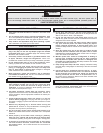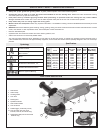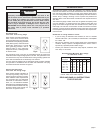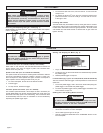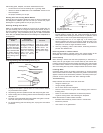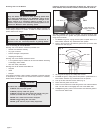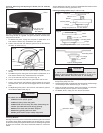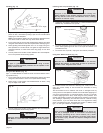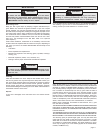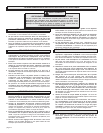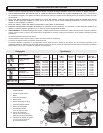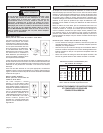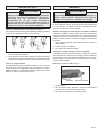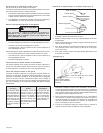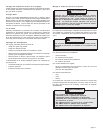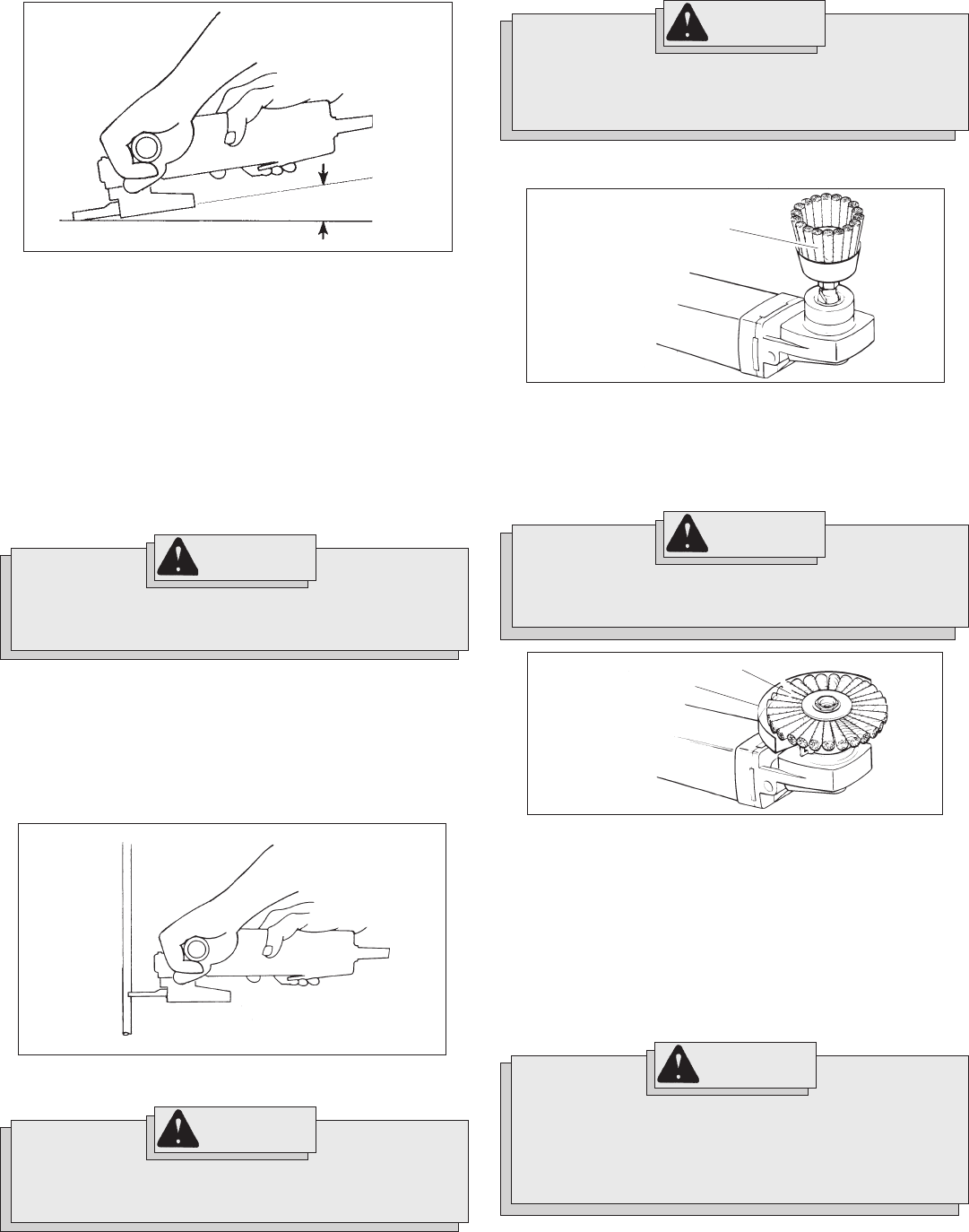
page 10
Grinding (Fig. 13)
1. If you have just installed a grinding wheel or are just beginning a
period of work, test wheel by letting it spin for one minute before
applying it to the workpiece.
NOTE: Out-of-balance wheels can mar workpiece, damage the tool,
and cause stress to wheel that may cause wheel failure.
2. Firmly grasp body of tool and side handle before starting and while
using tool. Allow wheel to come to full speed before starting to grind.
3. When grinding, hold sander/grinder at a 5
o
to 15
o
angle, using con-
stant pressure for a uniform finish. Too great an angle causes con-
centrated pressure on small areas which may gouge or burn work
surface.
4. Control pressure and surface contact between disc and workpiece.
Too much pressure slows cutting speed.
Using Cut-Off Wheels (Fig. 14)
Type 1 Cut-Off Wheels are suited for small cut-off and shallow notch-
ing operations only.
1. Firmly grasp body of tool and side handle before starting and while
using tool. Allow wheel to come to full speed before starting.
2. When using a cut-off wheel, hold Sander/Grinder as shown, using
only the edge of the wheel.
A Type 1 guard must be installed when using a cut-off
wheel to provide maximum protection for the operator if the
wheel should break.
WARNING!
Fig. 14
3. Control pressure and surface contact between disc and workpiece.
Too much pressure slows cutting speed.
Fig. 13
Hold at a 5° to 15° angle
Everyone in the area must wear protective clothing and
safety goggles or face shields. Fatigued wires and residue
will fly off the brush with considerable force, causing
potential for serious injury.
WARNING!
Installing Wire Cup Brushes (Fig. 15)
2. To install, thread wire cup brush onto spindle. Press the spindle lock
button while tightening brush with a 7/8" open end wrench (not
provided with tool).
3. To remove wire cup brush, unplug tool and reverse procedure.
Using Wire Wheel Brushes (Fig. 16)
1. Unplug tool and place it upside down on a level surface as shown.
Remove any accessories from spindle.
Fig. 15
Wire Cup Brush
Wire Wheel Brush
Fig. 16
Guard
Wire wheel brushes are useful for removing rust, scale, burrs, weld
slag, etc. A wide variety of wire brushes are available for many
applications.
Test wire wheel brush for balance and loose or damaged wires by
running tool at no load speed for at least one minute before applying it to
your work. During this time, no one should stand in front of or in line with
it. When applying brush to work, avoid using too much pressure. This
causes over-bending of wires and heat build-up resulting in premature
wire breakage, rapid dulling and reduced brush life. Instead of using
more pressure, try a wire wheel brush with more aggressive cutting
action (increased wire size, decreased wire length or different brush
type, i.e. knot type instead of crimped wire type).
Because the wires on wire wheel brushes are directed
towards the operator, a guard must be used to protect the
operator when fatigued wires break.
WARNING!
Using the face of a Cut-Off Wheel (as in grinding) will cause
the Wheel to crack and break, resulting in serious personal
injury.
WARNING!
Never exceed Maximum Safe Operating Speed of brush. Do
not use a damaged brush or one which is functioning
improperly (throwing wires, out-of balance, etc.). these
conditions increase the possibility of further brush failure
and possible injury. Discard and replace damaged brushes
immediately.
WARNING!




